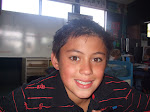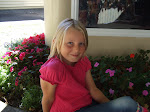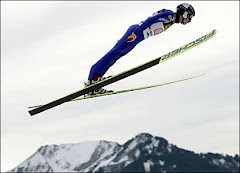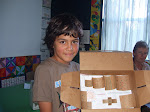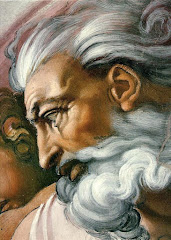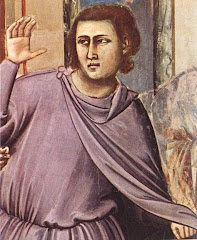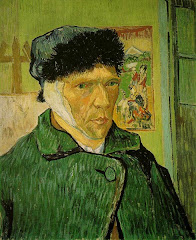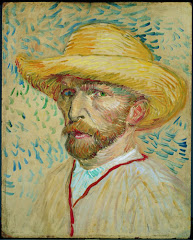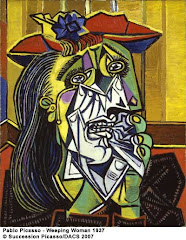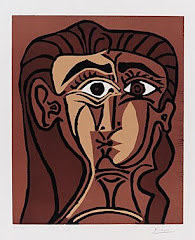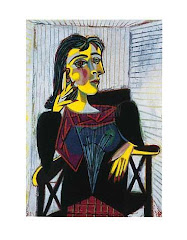
Imagine, then design and perhaps make new sports equipment.
OR
Choose a sports skill. Improve your skill using science and practice.
Choose a sports skill. Improve your skill using science and practice.
Make it and be able to give a science explanation about how and why it works differently. This can include a demonstration, diagrams, written and oral explanation
Science ideas can be based on gravity... friction... Newton's laws... inertia... air pressure... aerodynamics...
Record the process - from brainstorm, early diagrams and plans, measurements etc.
Use a variety of media: text, photos, video, diagrams, PowerPoint, podcasts etc
Assessment
Explaining Science Ideas.
Science ideas can be based on gravity... friction... Newton's laws... inertia... air pressure... aerodynamics...
Record the process - from brainstorm, early diagrams and plans, measurements etc.
Use a variety of media: text, photos, video, diagrams, PowerPoint, podcasts etc
Assessment
Explaining Science Ideas.
Novice: We can’t explain our science idea
Apprentice: We have attempted to explain a science idea.
Practitioner: We can explain two science ideas in our sport using precise science vocab
Expert: We can clearly explain a variety of science ideas (3 or more), using precise science vocabulary to a high standard.
Recording the Process:Practitioner: We can explain two science ideas in our sport using precise science vocab
Expert: We can clearly explain a variety of science ideas (3 or more), using precise science vocabulary to a high standard.
Novice: We have little to show others about our process.
Apprentice: We have some, recordings of our process using a variety of media.
Practitioner: We have regular recordings of our process using a variety of media.
Expert: We have detailed, regular recordings of our process using a variety of media.
Apprentice: We have some, recordings of our process using a variety of media.
Practitioner: We have regular recordings of our process using a variety of media.
Expert: We have detailed, regular recordings of our process using a variety of media.







